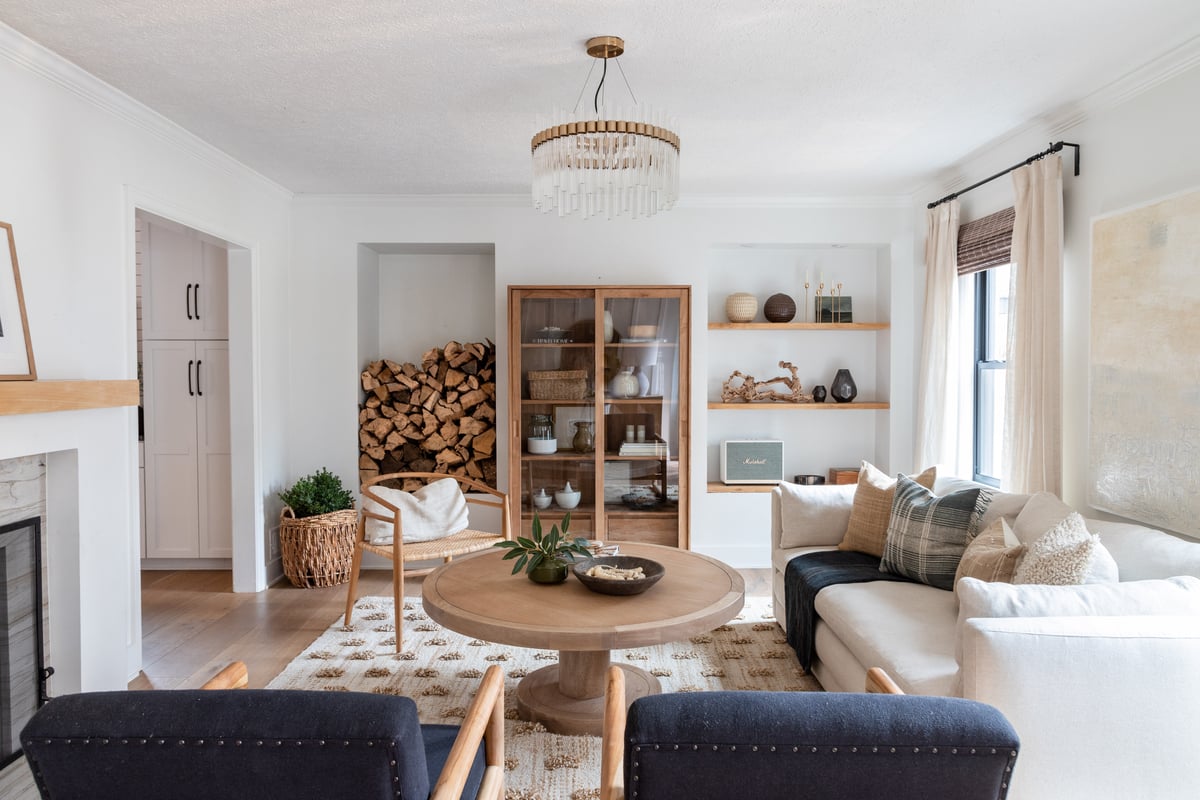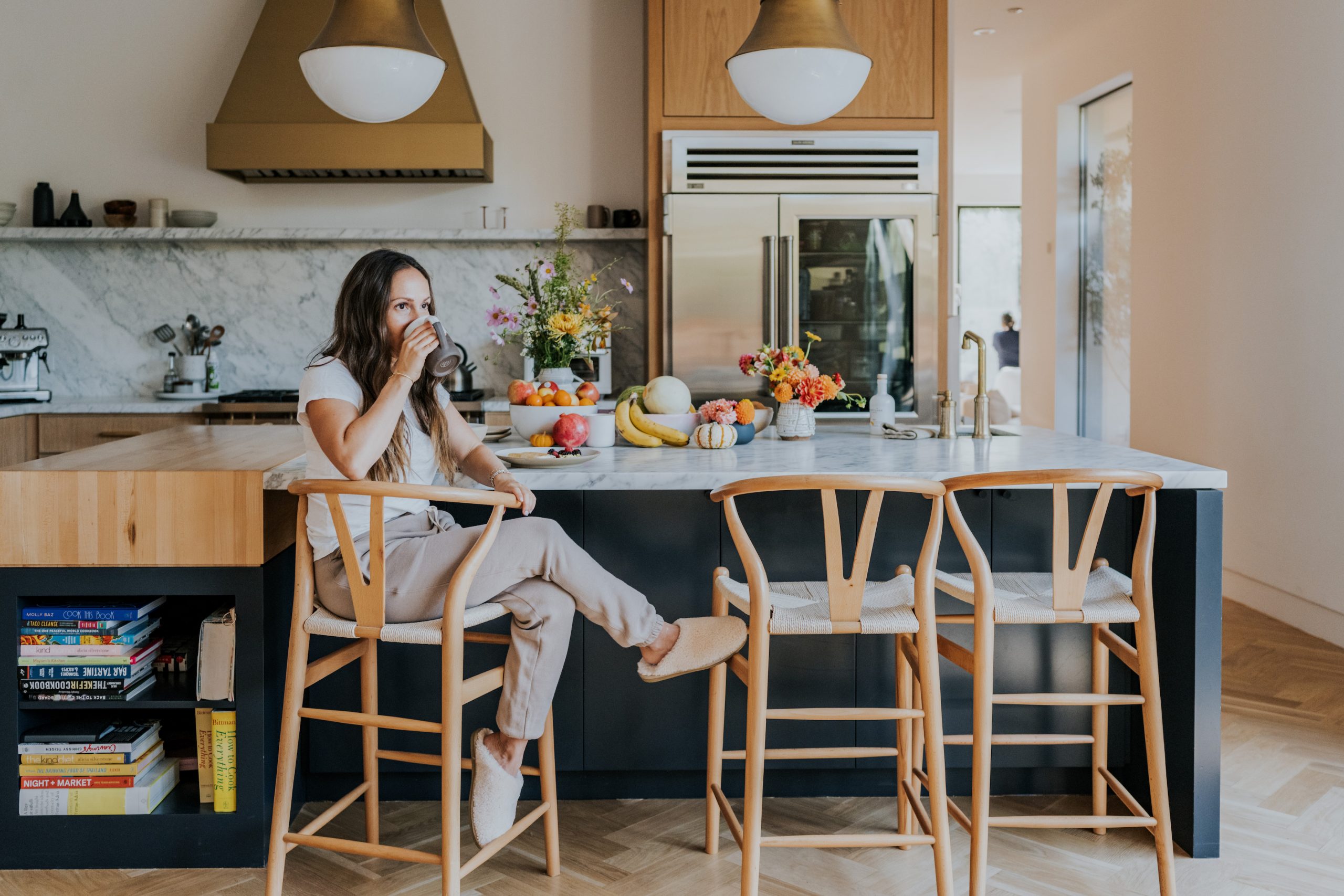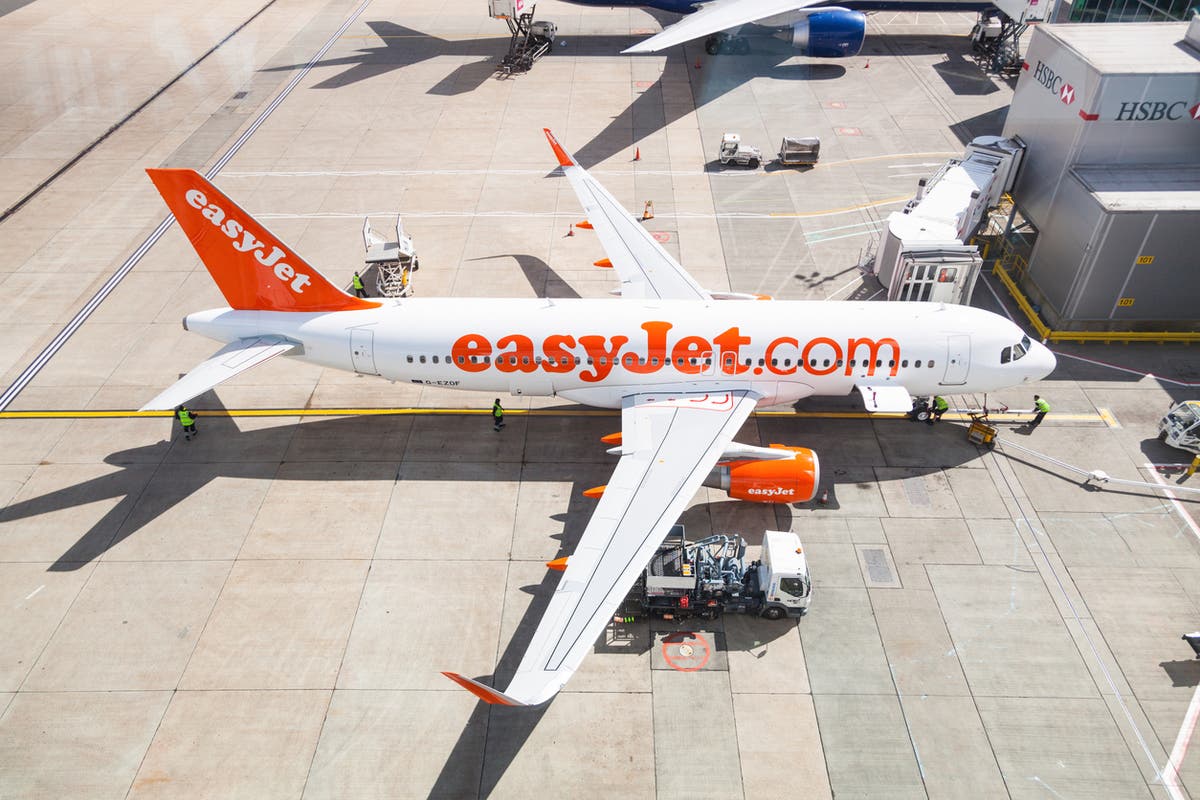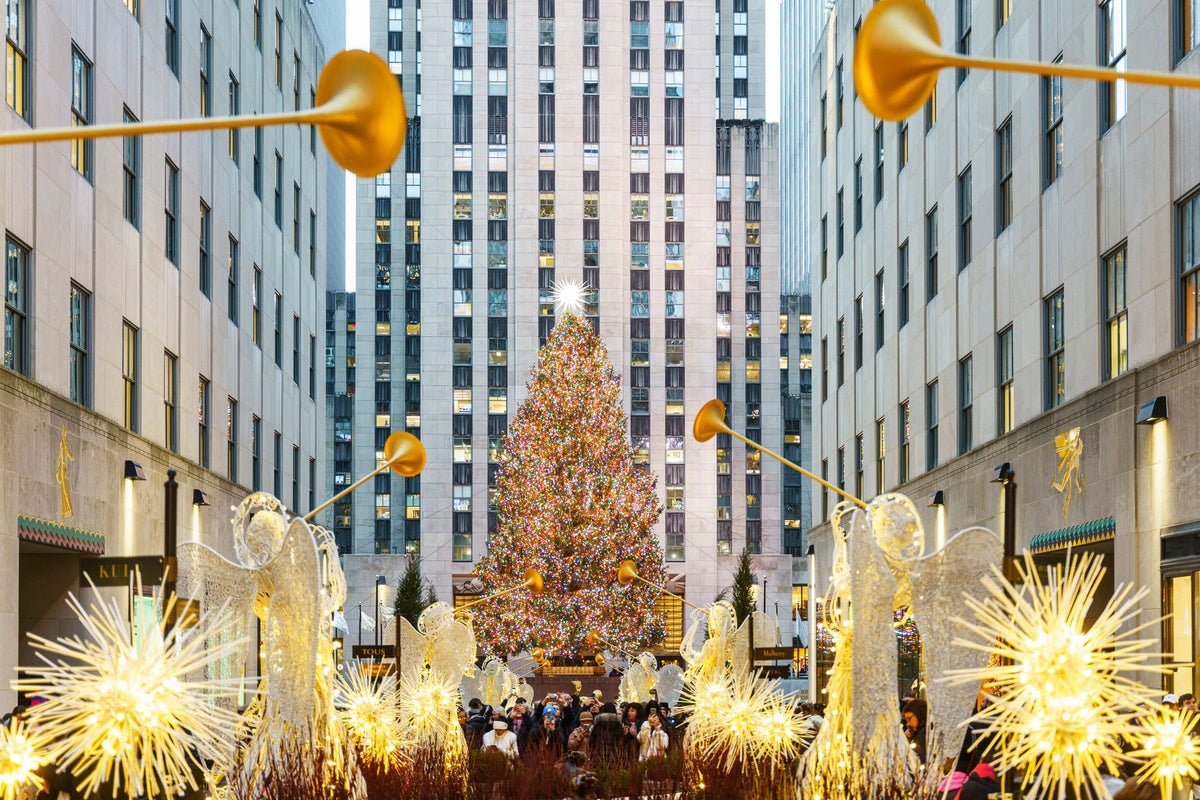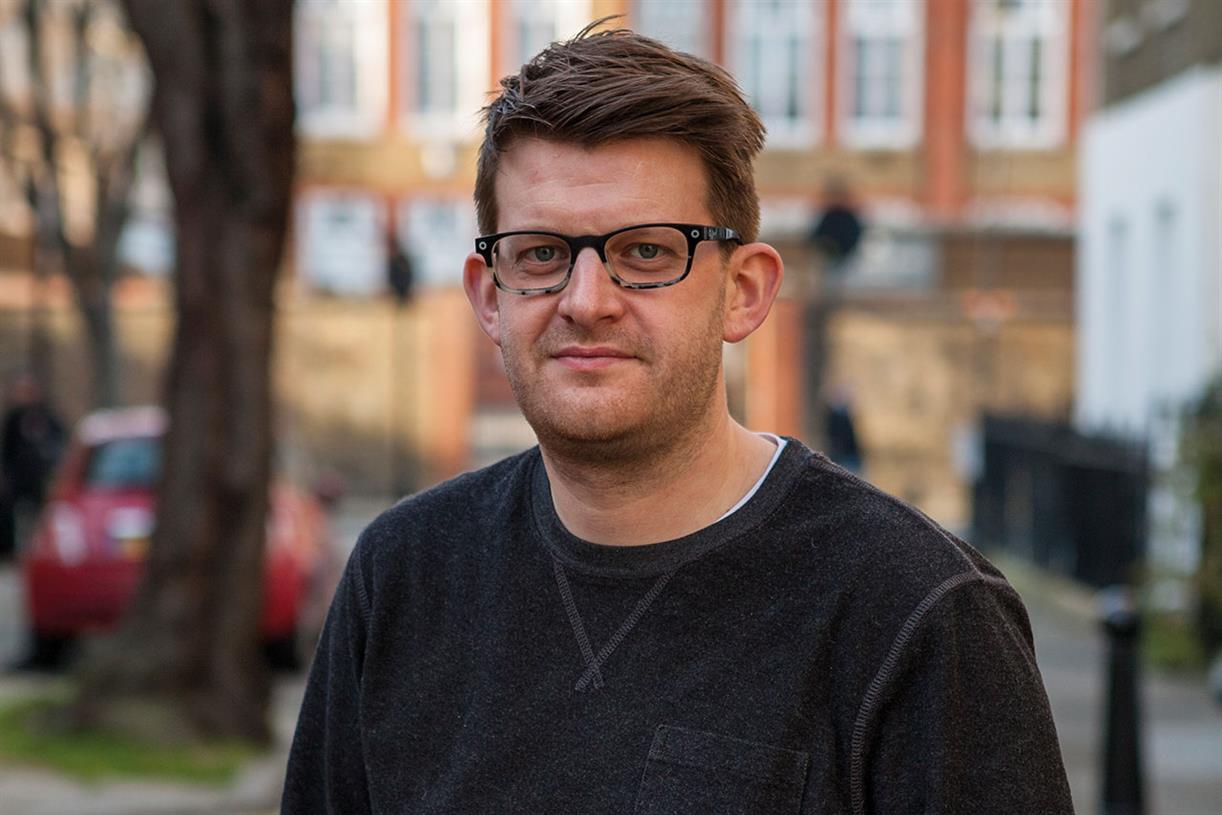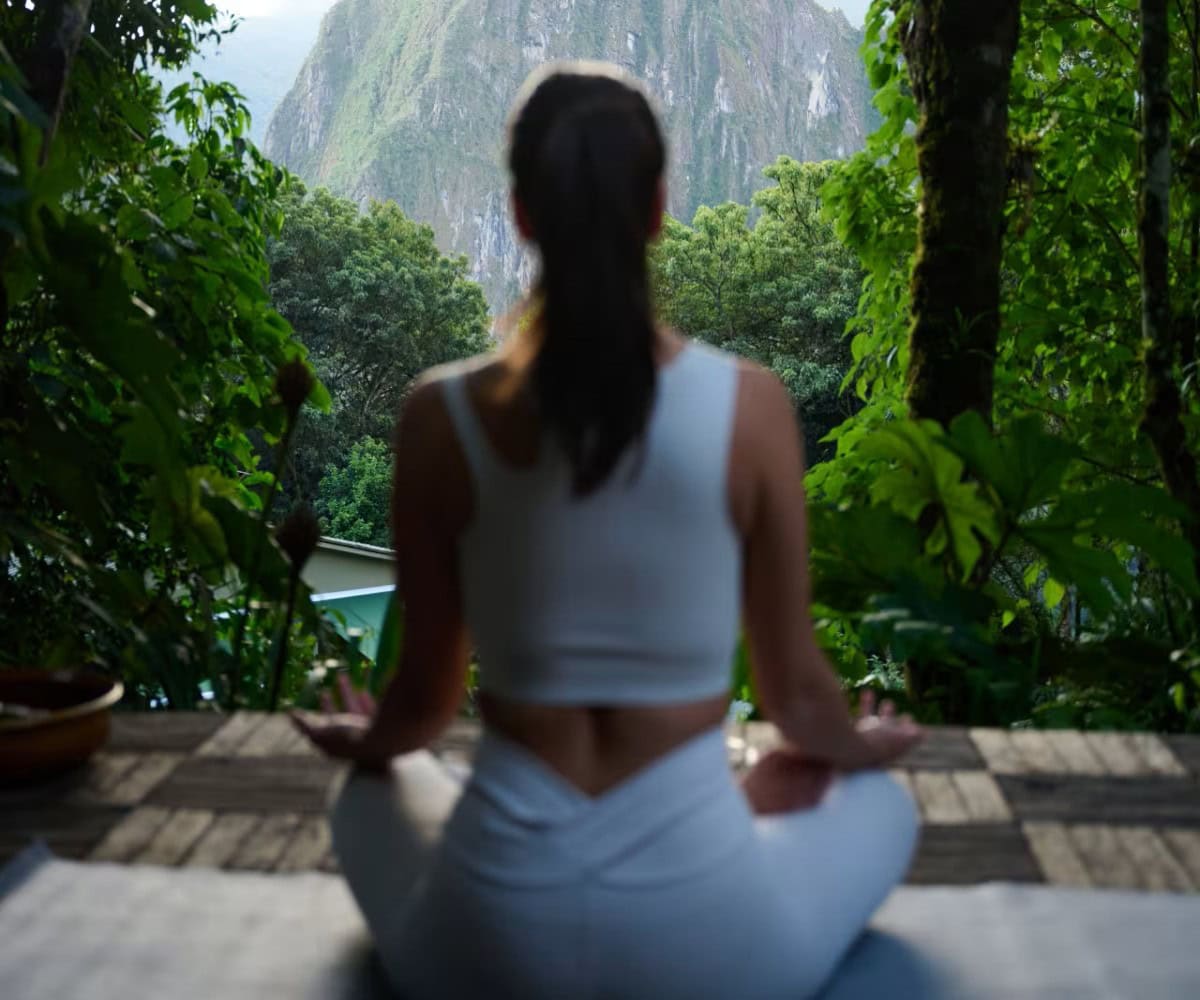New Zealand Pavilion’s Theme ‘Care for People and Place’
The New Zealand Pavilion, designed by New Zealand architects Jasmax, includes a kinetic façade made from an unusual architectural mesh called Kaynemaile. The concept The façade’s movement signifies that the pavilion itself is alive. The ‘living’ façade reinforces the...
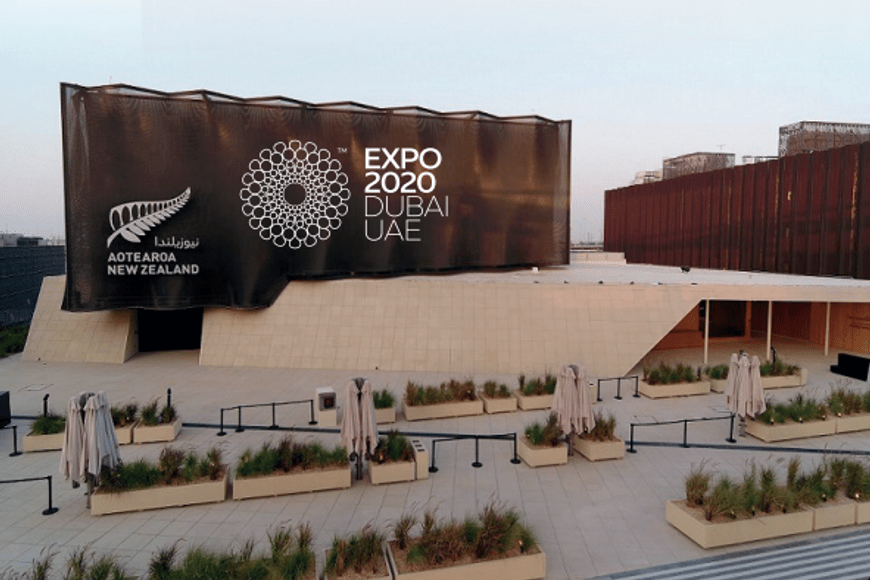
The New Zealand Pavilion, designed by New Zealand architects Jasmax, includes a kinetic façade made from an unusual architectural mesh called Kaynemaile.

The concept
The façade’s movement signifies that the pavilion itself is alive. The ‘living’ façade reinforces the New Zealand Pavilion’s Theme of “Care for People and Place”, which is based on kaitiakitanga, the environmental ethos of Māori, the indigenous people of New Zealand Aotearoa, and the understanding that humans and nature are inextricably connected. By entering the pavilion, the visitor re-connects to the mauri, or life principle, inherent in nature’s order.
The inspiration
The New Zealand Pavilion story is inspired by the Whanganui River, which in 2017 was given legal personhood after decades of negotiation between the iwi (tribe) Te Āti Haunui-aPāpārangi and the New Zealand government. The innovative legislation recognizes the river as a living and indivisible physical as well as spiritual whole – Te Awa Tupua – flipping the existing paradigm by placing the River as the focus of human interaction in line with Māori values and worldview.
An immersive experience
According to Clayton Kimpton, New Zealand’s CommissionerGeneral to Expo 2020 Dubai, every element of the pavilion is interconnected. He elaborates, “From the immersive visitor experience and storytelling rooms inside the pavilion, to the pulse, which starts in our river room and ripples all the way to the exterior façade. This is the life force of our story – a story of a nation of innovators who Care for People and Place.”
The recycling context
The final product, which took six years to perfect, is crafted from lightweight polycarbonate using a patented injection molding process. Today, Kaynemaile and its design studio have evolved to be used by architects around the world to create, divide and protect building interiors and exteriors. The lightweight Kaynemaile mesh is one hundred percent recyclable and includes approximately 10 percent recycled materials in its composition.
Helping reduce heat transfer
Discussing the distinctive design of the innovative architectural mesh, Kayne Horsham, CEO of Kaynemaile explains,
“Kaynemaile’s mesh, specifically for the Middle East, also radically reduces by up to 70 percent the radiant heat transfer from direct sunlight to internal environments, thereby reducing pressure on installed cooling systems.”
About expo 2020
Expo 2020 Dubai is the first World Expo held in the Middle East, Africa and South Asia (MEASA) region. It is also the largest event ever staged in the Arab world, welcoming more than 200 participants and millions of visitors from October 1, 2021 to March 31, 2022. For the first time in World Expo history, every participating country has its own pavilion – located according to its chosen subtheme rather than global geography – to creatively showcase the best of its culture, innovations and ideas. In addition to the Country Pavilions, multilateral organizations, educational institutions, global initiatives, and partners have presence on the Expo site. H

 Tfoso
Tfoso 







